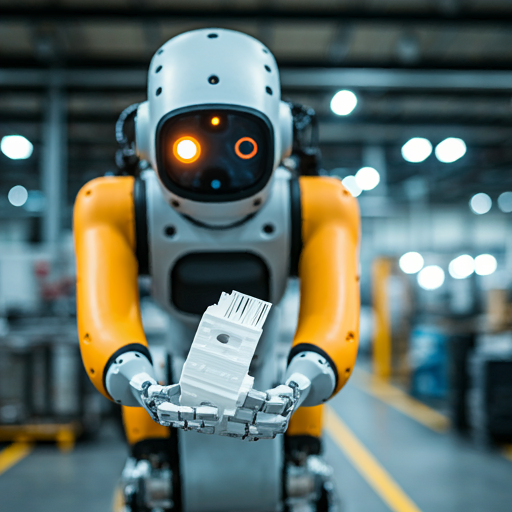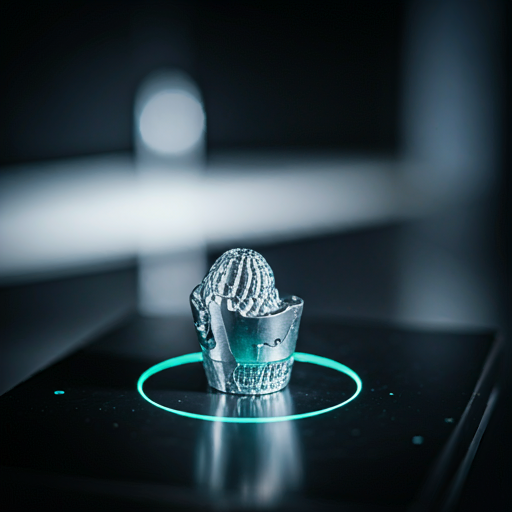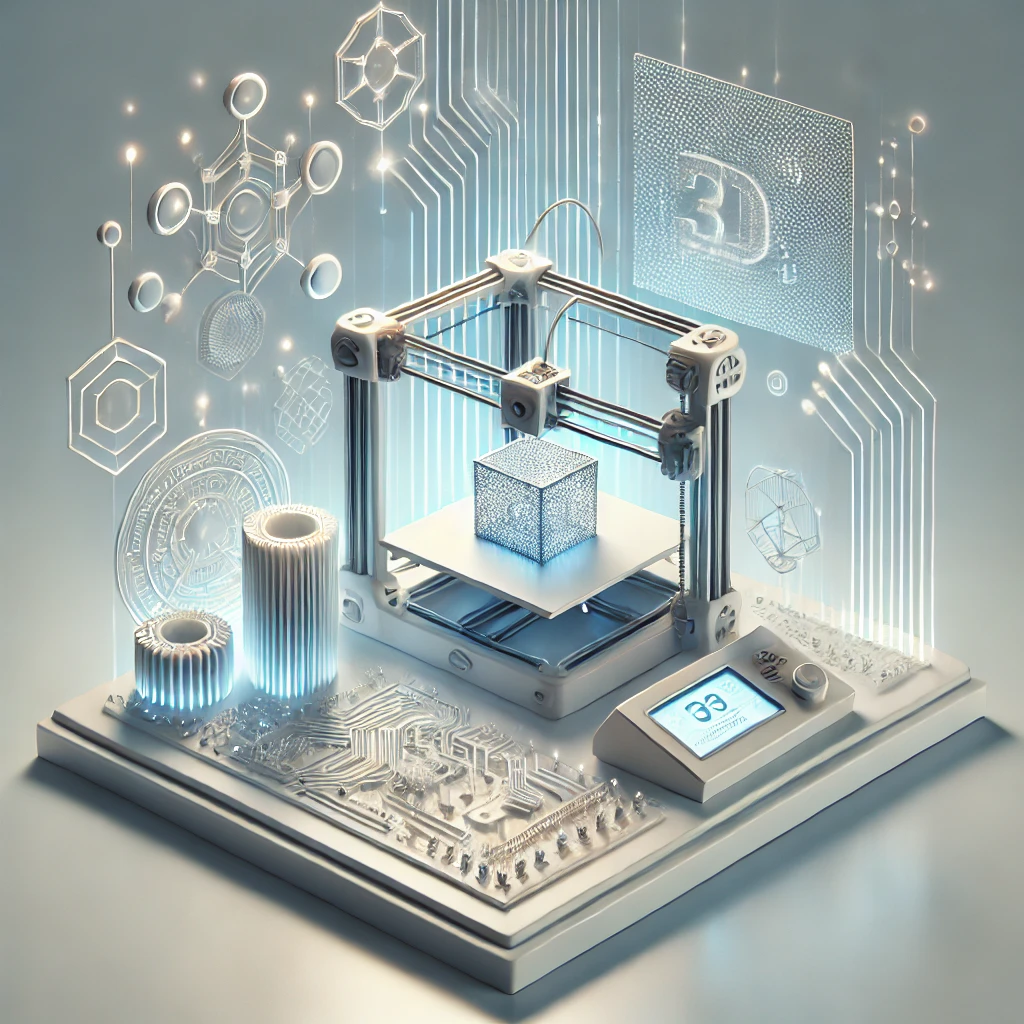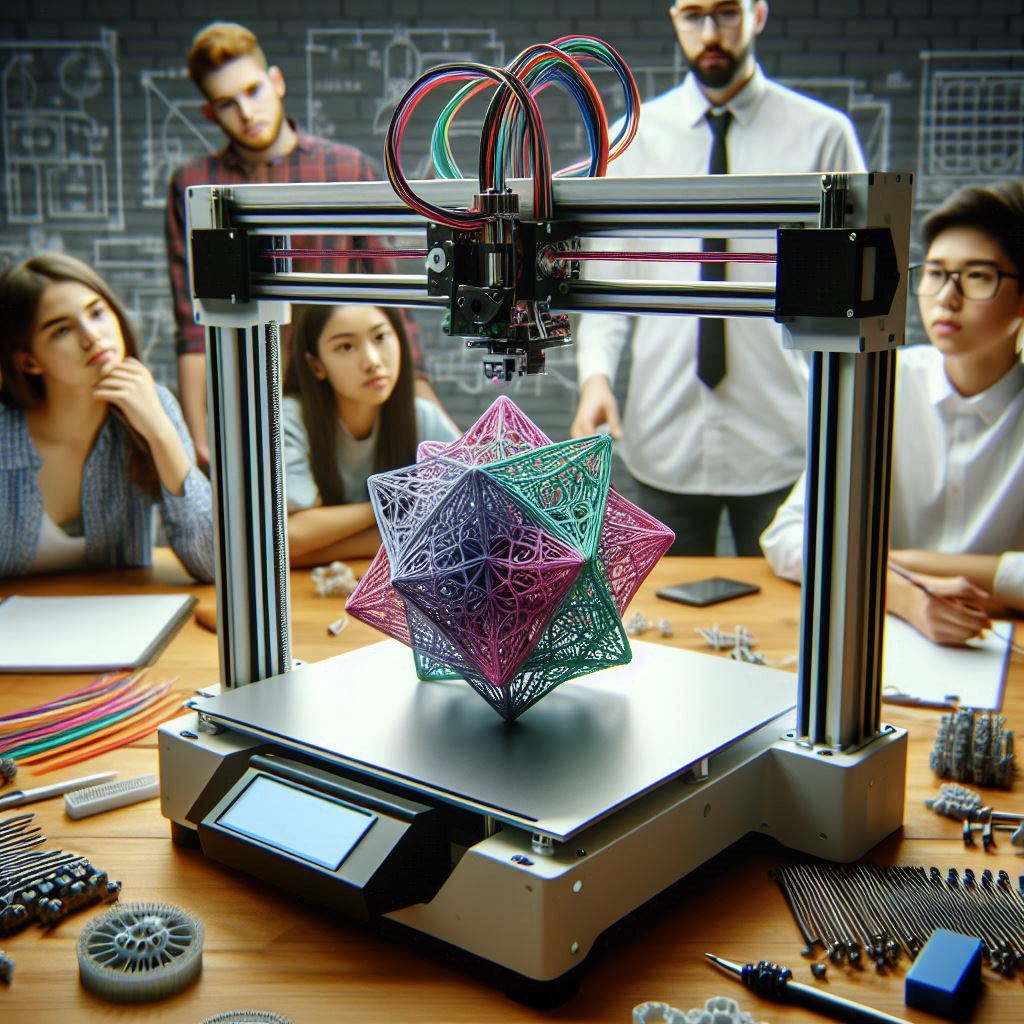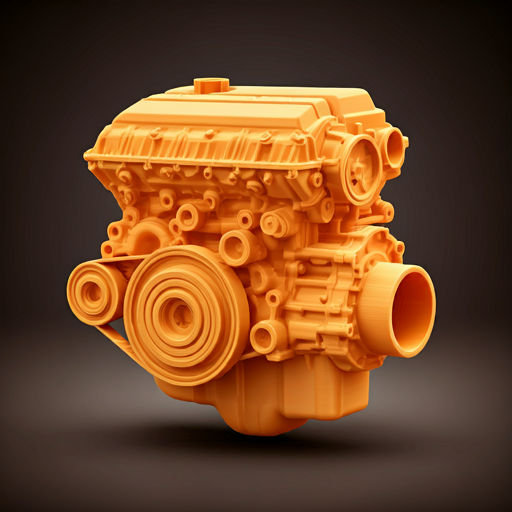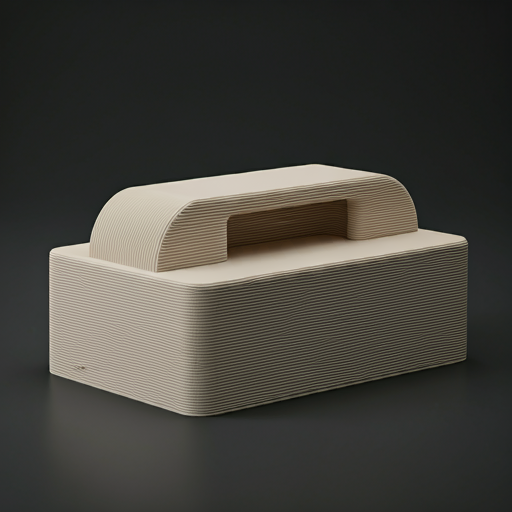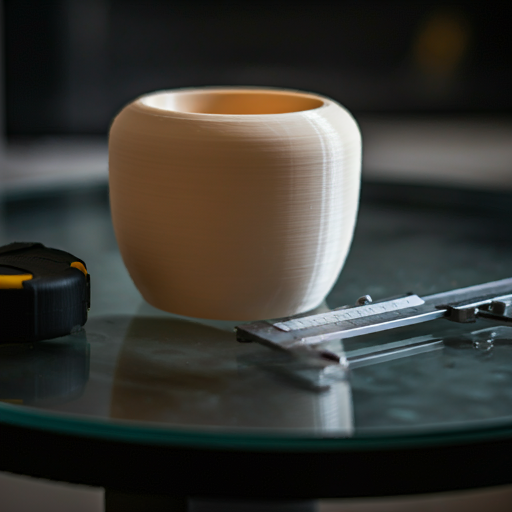
3D Printing Technology In Dental Applications
3D printing technology has revolutionized various industries, including the field of dentistry. The ability to produce complex, patient-specific dental appliances with high precision and accuracy has revolutionized the way dental professionals approach their work.
The traditional process of creating dental appliances involves taking physical impressions of the patient’s teeth and sending them to a laboratory where the appliances are crafted by hand. With 3D printing, the process is much faster, more efficient and cost-effective. Digital impressions are taken of the patient’s teeth using specialized software, which is then used to create a 3D model. This model is then sent to a 3D printer, which produces the final product, typically in a matter of hours.
One of the major benefits of 3D printing in dentistry is the ability to produce custom-fit appliances that are tailored to the unique shape and size of each patient’s mouth. This results in a better fit and improved comfort for the patient. 3D printing technology also enables dental professionals to produce intricate designs and geometries that would be difficult or impossible to achieve with traditional methods.
In addition to producing dental appliances, 3D printing is also used in the production of dental prosthetics, such as crowns, bridges and implants. The use of 3D printing in dental prosthetics has greatly improved the accuracy, fit and comfort of these devices, helping patients to achieve better oral health outcomes.
3D printing technology is also being used in dental education and research. With the ability to produce realistic models of teeth, bones and other oral structures, students and researchers can gain a better understanding of dental anatomy and physiology. This helps to advance the field of dentistry and to develop new and improved treatments and technologies.
In conclusion, the use of 3D printing in dentistry is transforming the way dental professionals approach their work, enabling them to provide better and more effective treatment to their patients. This technology has the potential to revolutionize the field of dentistry, and its use is only expected to increase in the coming years.


